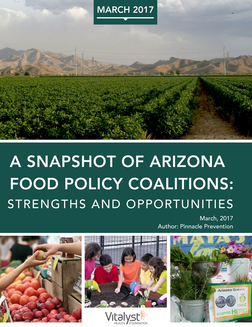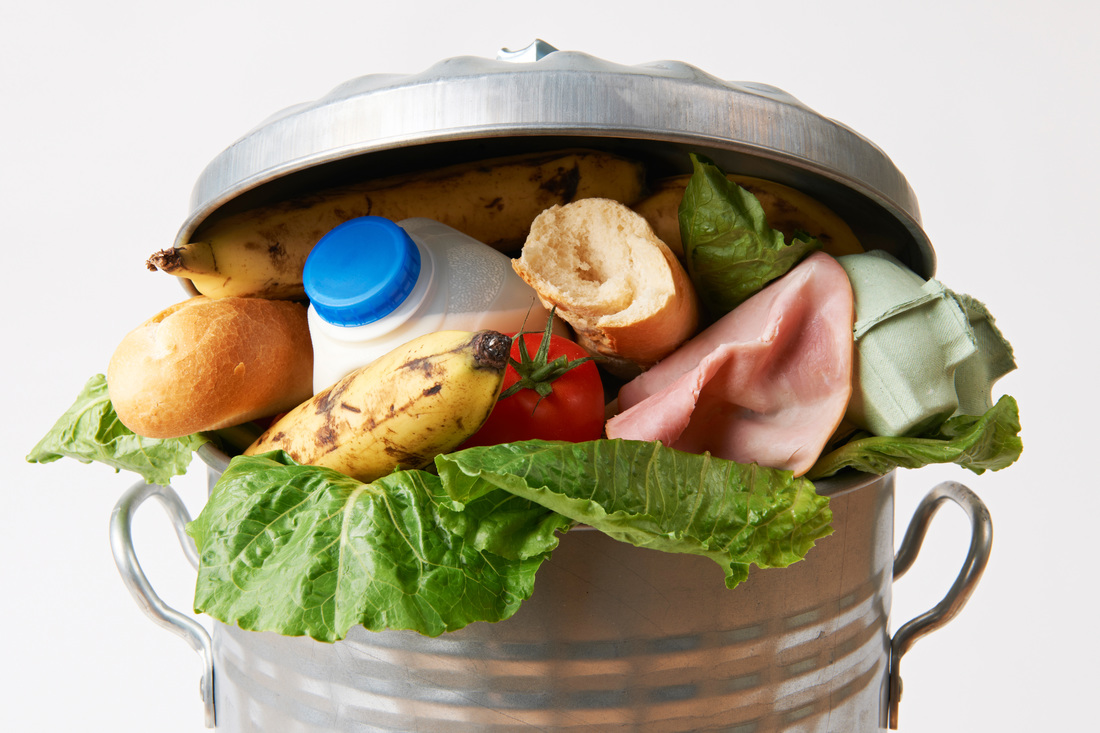|
What better way to celebrate Earth Day than to go out and see it for yourself? Here at Pinnacle Prevention, we believe everyone should take advantage of the beautiful places our state has to offer to feel healthy, happy, and active. Here are some of our favorite ways to celebrate the Earth, and tips for keeping it clean and healthy while you’re out enjoying it!
1 Comment
As bicycling and walking become increasingly popular forms of transportation, having a safe way for cyclists and pedestrians to navigate roads is incredibly important. Walking and biking are great ways to improve mental and physical health for you and your loved ones. Bike lanes and sidewalk additions are popping up all over America, and cities in Arizona are making changes to promote alternative forms of travel and transportation safety. Celebrate National Farmers Market Week with these fun facts about Arizona agriculture and farmers markets! A big part of our work here at Pinnacle Prevention is ensuring that all Arizonans have access to safe places to stay active, connect with their communities and soak up the benefits of open and public areas. That’s why we’re taking a deeper look into the benefits of public spaces this month, and spending some time to share inspiring discussions, resources and projects across our state and country.
Increasingly, public spaces are being recognized as crucial ingredients for developing successful cities. They can generate economic and social development opportunities, and developing these places is a great way to cultivate a community’s identity through positive change. A city or town that provides its communities with public spaces is providing its residents with places to meet new people and see old friends, places to have events, places to encourage culture, and ultimately, places to stay active and enjoy themselves! It Takes a Village: Collaborating for sustainable and equitable food systems across Arizona4/13/2017  At Pinnacle Prevention, we believe it takes a village to make a meaningful difference. Our state is full of individuals and organizations that are passionate about creating healthy, sustainable, and equitable food systems across Arizona. In March, we released a report that digs in to what these organizations are doing, and how a collaborative statewide network could help improve food systems in communities across the state. These organizations and others work to fill gaps and advance their community’s food system, but each faces similar challenges throughout their work. Each organization featured in the report advocates for a statewide network of collaboration to address many of these challenges, and also enhance success. “By creating a network of networks that shares a vision, collective objectives, and common data,” the report says, “the local organizations will see where they fit in the big picture, where activities align, and how to build and learn from one another.” Cooking fresh meals at home usually yields some amount of waste: from egg shells and vegetable peels to cardboard containers and more. Think twice about tossing that waste in the trash -- what we do with our biodegradable waste matters. Biodegradable material that gets tossed in the trash will inevitably rot, and the nutrients that are produced when organic material breaks down go to waste sitting in a landfill. The decomposition process in landfills also creates large amounts of methane, an environmentally unfriendly greenhouse gas. Composting, on the other hand, is meant to produce carbon dioxide and water instead of harmful methane.
Here at Pinnacle Prevention, much of our work revolves around local food systems in Arizona. We are all part of the food system, though most of us don’t realize it. The food system is comprised of nearly every aspect of food, including the environment in which it is grown, production, demand, processing, transport, and where it is consumed and disposed. Each and every component is complex in its own right. Our mission is to encourage and build healthy, sustainable food systems in our state and communities.
Families in America throw away about 25 percent of the food they buy, often because of expiration dates on food packaging. For an average family of four, this waste is between $1,365 and $2,275 of lost grocery money every year.
Many of us rely on these labels to tell us when it’s time to toss our food, but these labels are actually leading to a huge amount of perfectly edible food being wasted every year. Did you know that grocery stores across the country throw away thousands of pounds of perfectly edible food every year? Over 25 percent of edible produce ends up in the trash each year, often because it does not meet the beauty standards that Americans have come to expect from our fresh finds.
Fresh and perfectly edible carrots, potatoes, peppers and more are picked around and tossed out based on appearance — all while one in six Americans does not have a secure supply of food. Millions of pounds of food end up rotting in landfills, producing harmful methane emissions.
We waste billions of pounds of food in the U.S. every year. Grocery stores throw away produce that isn’t pretty enough to buy, consumers purchase more food than we can eat, and we toss out items before they are really spoiled.
Reducing our food waste by just 15 percent would save enough food to feed 25 million people every year. Stay tuned to learn more about how you can do your part to make a difference, support the Earth and feed the hungry. |
Pinnacle Prevention BlogFollow our blog for tips, insights and conversations about healthy living. Archives
June 2024
Categories
All
|
Location |
|










